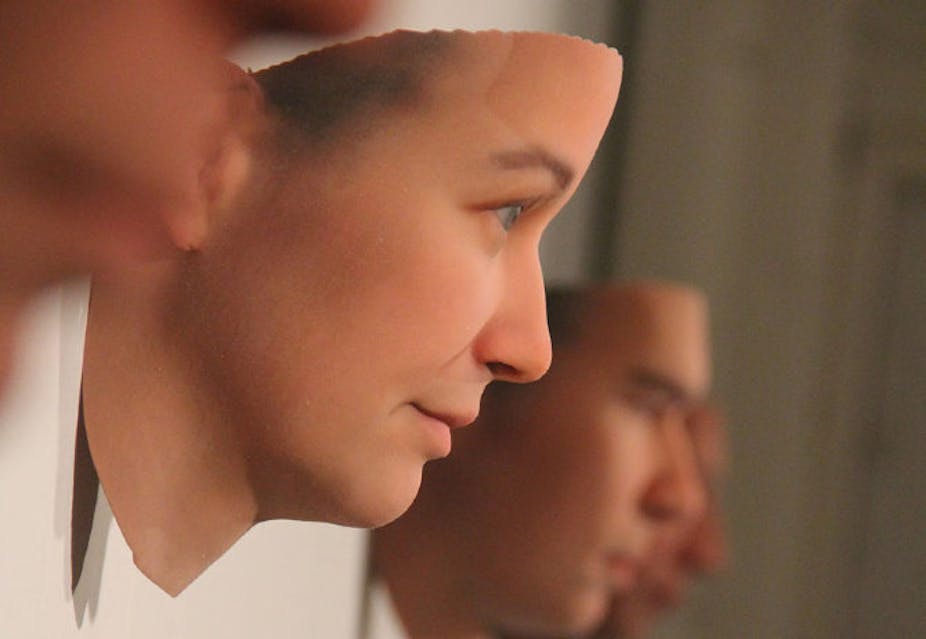“We know where you are. We know where you’ve been. We can more or less know what you’re thinking about.” These aren’t lines from Nineteen Eighty-Four but the words of Eric Schmidt, Google’s notoriously frank Executive Chair and former CEO.
The repercussions of Schmidt’s matter-of-fact assessment are the subject of Trace Recordings, a new exhibition exploring surveillance and identity in the 21st century. It considers the disturbing consequences of surveillance in a networked age and examines controversial new technologies such as computer vision, surveillance drones, facial recognition and biometric profiling.
Responding to the influence of surveillance technologies in our lives, the 11 artists in the exhibition draw together psychology, science, politics and technology in ways that policy experts or privacy advocates can’t. Ranging from the subtle and meticulous to the controversial and playful, their artistic provocations also highlight emerging forms of portraiture in the digital age.
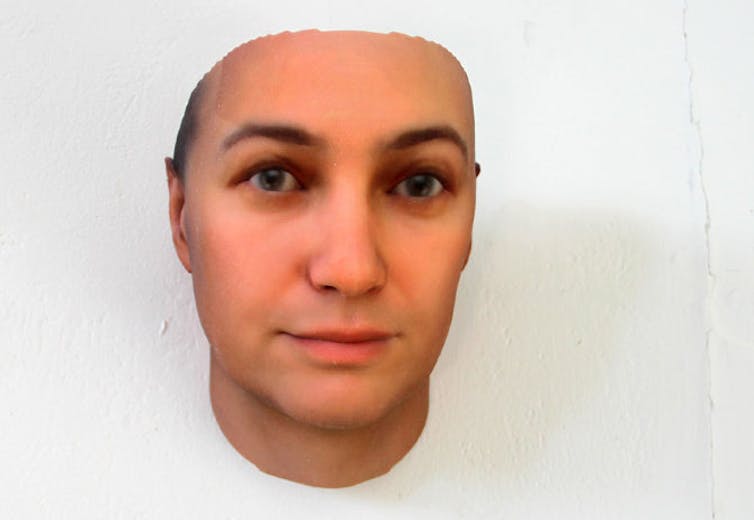
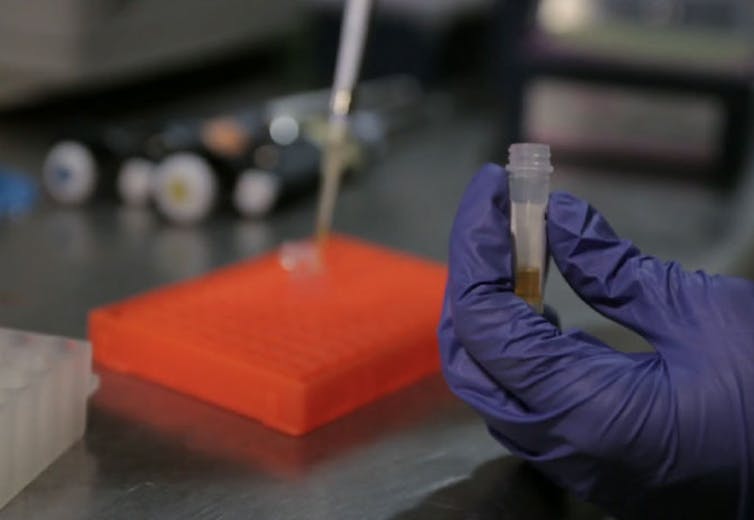
The artists use a variety of forms in their critique: creating striking 3D printed portraits from DNA taken from public places; meticulously painting spy drones in traditional Pakistani patterns; hiking deep into the wilderness to photograph secret government “moonbounce” installations; or exposing unencrypted surveillance networks using nothing more than a baby monitor.
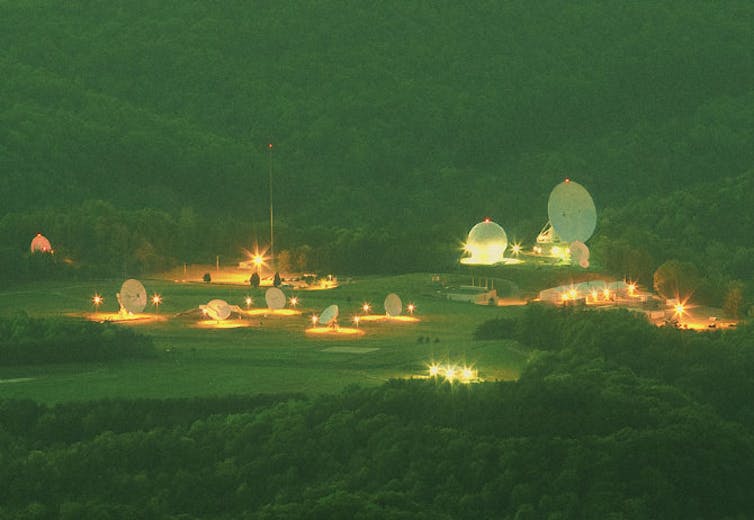
The myriad ways we’re watched and recorded every day are astonishing. Government agencies as unlikely as even the RSPCA can monitor your phone and email without your knowledge and without a warrant. Smart phones have tracked and recorded the location of millions of users without their consent. NSW Police patrol cars collect and catalogue the licence plate of every car they pass.
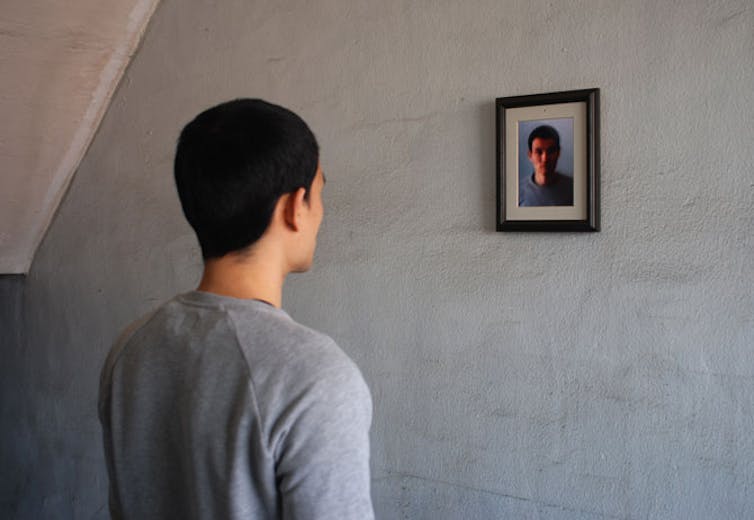
Meanwhile, Google has argued in court that Gmail users have “no legitimate expectation of privacy”, Facebook CEO Mark Zuckerberg believes privacy is “no longer a social norm” and former US Vice President Dick Cheney declared massive surveillance programs such as PRISM “the new normalcy”.
In a networked world, where a single datum is often enough to unlock a wealth of private information, how well placed is our trust in these organisations? And if opting out of these systems is no longer an option, what agency do we have within them?
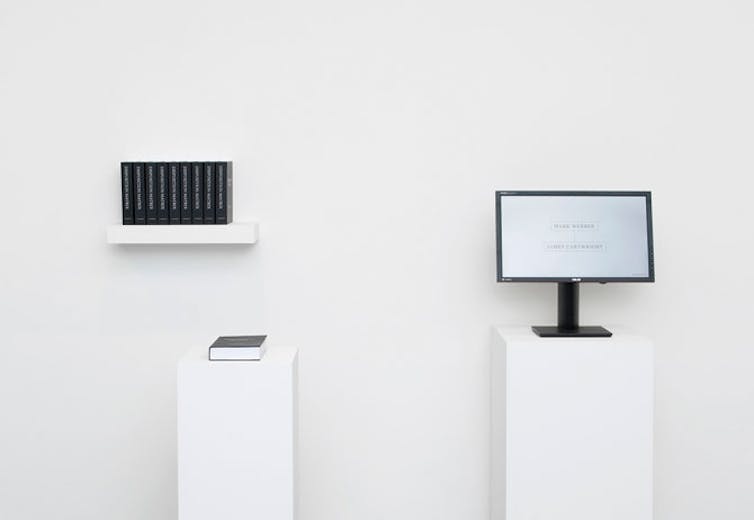
The exhibition offers an artistic insight into the methods and motivations of the people and machines who watch us, as well as providing creative ways to protect yourself—including workshops to design new make-up looks that confuse facial recognition algorithms.
The exhibition is also the catalyst for a panel discussion, Welcome To The New Normal, that will explore these issues in depth with a panel of experts in psychology, intelligence, criminology, journalism, computer vision, law and sociology.


Eric Schmidt says: “If you have something that you don’t want anyone to know, maybe you shouldn’t be doing it in the first place.”
Increasingly, that seems like a statement that’s as relevant to the watchers as it is to the people they watch.
Trace Recordings opens at UTS Gallery University of Technology, Sydney today and runs until November 29. The panel discussion, Welcome To The New Normal, is at the Guthrie Theatre at UTS on November 5, 6:30–8pm. For more information visit https://new-normal.eventbrite.com/.

